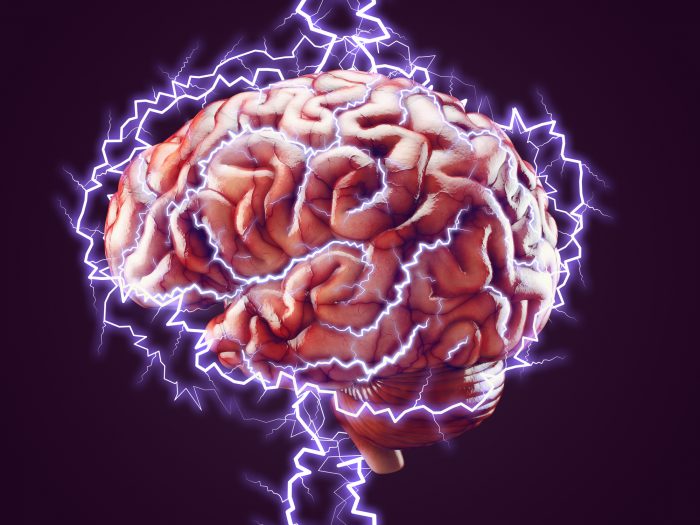Seizures can be terrifying, both for the person who experiences them and for those who witness them. Seizures occur in many different forms and can be difficult to identify. Knowing the common signs of having a seizure can help you to recognize seizure in yourself or friends and family.
Seizures are the result of abnormal electrical activity in the brain. There are a number of factors that can cause seizures, some of which are still unknown. Furthermore, not all seizures are the same. In fact, the specific symptoms of a seizure can help medical professionals to diagnose the type of seizure you experienced. There are two primary types of seizures:
The signs and symptoms of a having a seizure vary by type of seizure and from individual to individual. There are three phases to a seizure, however, not all individuals will experience all three phases or be able to recognize them for what they are.
Some sufferers of seizures can tell that a seizure is coming, at times days in advance. Some individuals experience a Prodome – a change in emotions or behavior prior to the seizure. These indications may happen days before the onset of the seizure. When this happens, sufferers can take steps by taking their medication and being in a safe place to avoid injury during the seizure.
Symptoms experienced during this phase include:

The middle phase is also known as the ictal phase. It is during this phase that the seizure actually occurs. The symptoms of phase two include:
There are often lingering symptoms after a seizure is over. Some individuals recover rather quickly while others take some time. Symptoms of the third phase of the seizure include:
The neurology specialists at Cayman Neurology and Pain Management use a holistic approach where all potential modalities to alleviate pain are incorporated into a treatment plan throughout a patient’s life. Any changes to patients’ symptoms will be addressed on an ongoing basis. Integrating lifestyle changes with a range of treatment options allows the patient to minimize degeneration and lay the ground for improvement.
For additional information on the treatment options for seizures and epilepsy, contact Cayman Neurology and Pain Management. If you would like to schedule an appointment or check for availability, please book online or call+1 345-943-6900.
Copyright © 2024 Cayman Neurologist. All Rights Reserved.